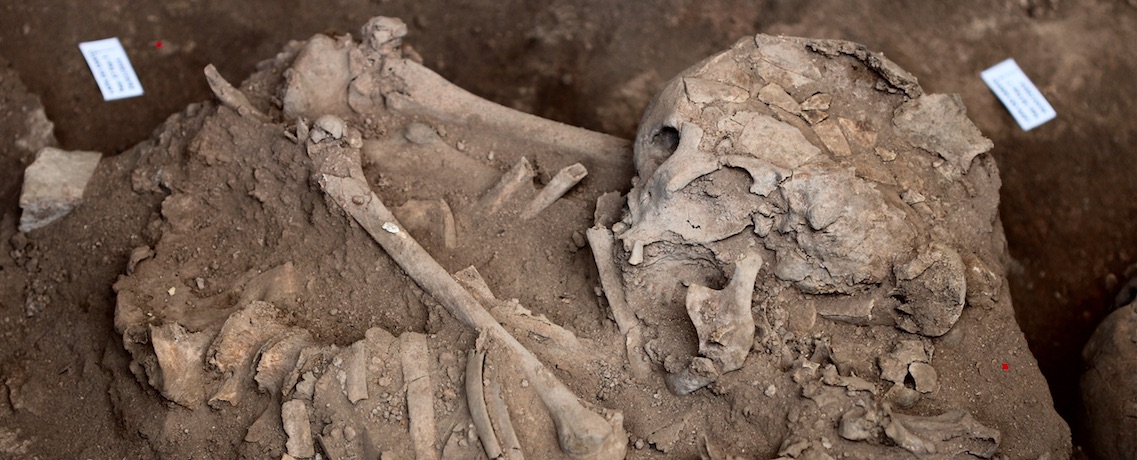New Scientist
Death was a complicated business in prehistoric Brazil. Cadavers were meticulously dismembered and put on public display. Some parts seem to have been cooked and eaten, and then the bones were carefully tidied up and buried.
On at least one occasion, a skullcap became a convenient storage container for cooked and defleshed bones.
These intricate rituals offer a unique glimpse into the belief system of an ancient hunter-gatherer people, according to the international team of archaeologists investigating the burials – but other researchers caution about reading too much into the curious finds.
The hunter-gatherers who lived in central South America 10,000 or so years ago have traditionally been seen as simple people who were reluctant to embrace novelty.
But André Strauss at the Max Planck Institute for Evolutionary Anthropology in Leipzig, Germany, takes a different view. He and his colleagues have excavated burials at Lapa do Santo in east-central Brazil. They have found evidence that burial practices changed dramatically not once, but twice in just 2000 years. Read more on newscientist.com…








